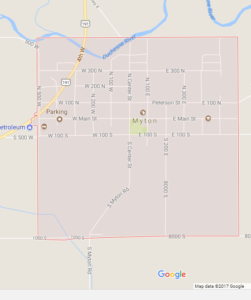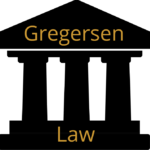The City of Myton, Utah is limited in its ability to prosecute Indians on Indian land. Once again, land boundaries become important to criminal prosecutions.
Ute Tribe v Myton reimposed limits on state and location prosecutions. Basically, Neil Gorsuch spanked the State of Utah and its localities. (Yes, Neil Gorsuch who was then on Tenth Circuit Court, and now on the U.S. Supreme Court.) Judge Gorsuch renounced the state and local governments for trying to prosecute Native American Indians where they lack jurisdiction.
The City of Myton complained that federal law created a checkerboard of where they can and cannot prosecute. But the Tenth Circuit made clear that this is how things are.
Part of a Long History
The history of the West has created checkerboard boundaries, due to the railroads receiving every other square of land along the track they laid. But the Myton case involves another form of checker boarding. This one was created by the Congress. They basically took away Indian land so that it could be homesteaded by white settlers. Then later Congress changed its mind, giving unclaimed lands back to the Indians.
Repercussions in the Local Court
The Tenth Circuit made no secret of their frustration as to this and related cases. Similar issues keep coming before them. They removed from the case the present trial court judge, who was the distinguished and well-spoken Bruce Jenkins. They ordered that another judge be assigned. The District Court in Utah has now assigned the Honorable Robert Shelby to preside over the case.
The court of appeal is seldom so vocal in expressing its displeasure. But here it has kept seeing basically the same matter come before it, again and again. Few issues have seemed so resistant to quieting down. The Tenth Circuit implied that the State of Utah and its local governments, have gradually set about to expand their reach, contrary to the pronouncements of the Tenth Circuit Court of Appeals.
